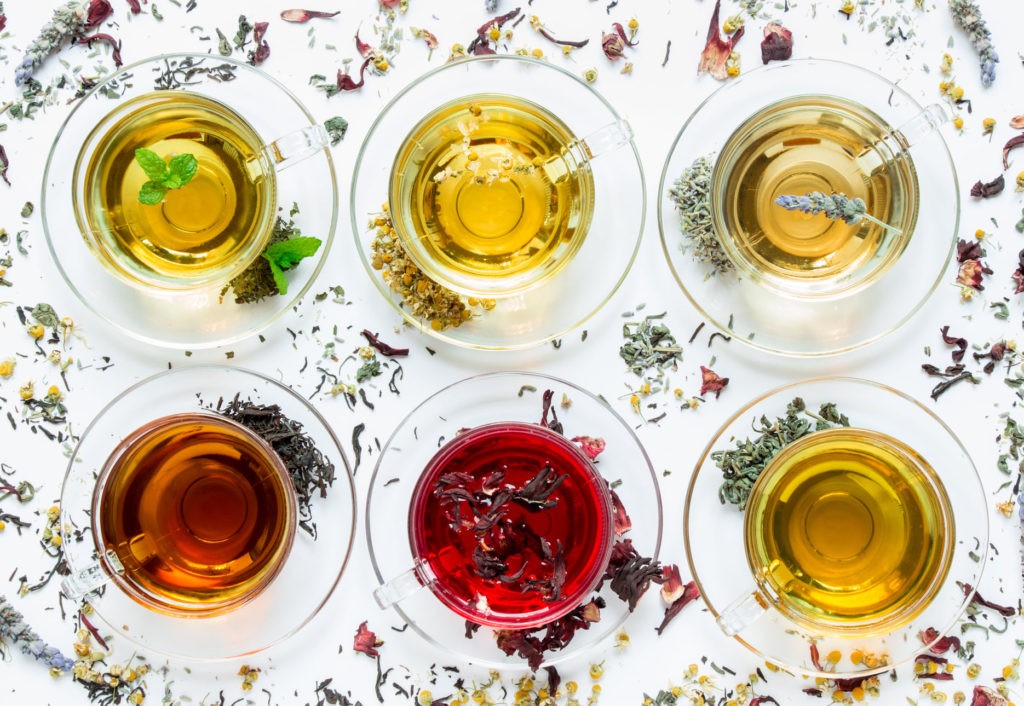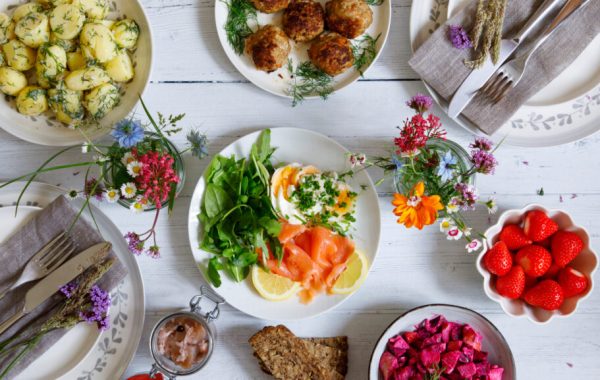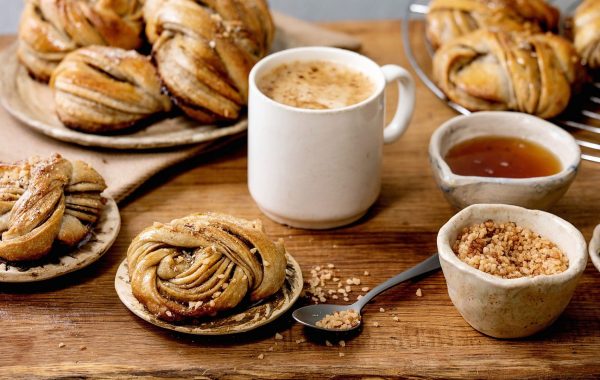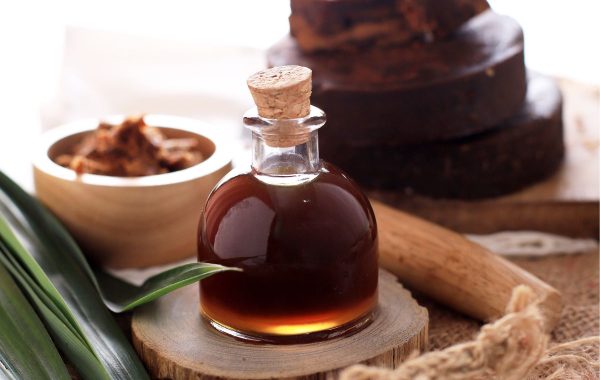Did you know that there is a “proper” temperature to brew your tea? I have seen people stewing tea with everything, and I mean everything – milk, sugar, tea leaves, ginger or cardamom thrown into the water and then it’s all boiled together and then simmered like a curry before rendering it fit for consumption. And many love big mugs of this steamy concoction.
And then there are the tea lovers, who are passionate about their tea being gently brewed “just so”, to get the perfect balance of flavour and strength for their cuppa. They swear by teapots or tea diffusers for brewing their tea, and often use just a spot of milk to lighten their brew.
We thought all you tea people out there might like to see a tea chart drawn up by tea connoisseurs who recommend how to get the best out of your tea leaves.
| Amount of Tea Leaves Per 6oz/177ml water | Temperature (F) | Steep Time Minutes | |
| Black | 1 level tsp. | Full boil (212°) | 3-5 |
| Green | 1 level tsp. | Steaming briskly (175-180°) | 1-2 |
| White | 2 level tsp. | Steaming briskly (175-180°) | 2-3 |
| Oolong | 1 level tsp. | Almost boiling (195°) | 2-3 |
| Pu-erh | 1 heaped tsp. | Full boil (212°) | 5 |
| Purple | 1 heaped tsp. | Steaming briskly (175-180°) | 3 |
| Mate | 1 level tsp. | Steaming (150-160°) | 3-5 |
| Herbal | 1 heaped tsp. | Full boil (212°) | 5-10 |
| Rooibos | 1 level tsp. | Full boil (212°) | 5-10 |
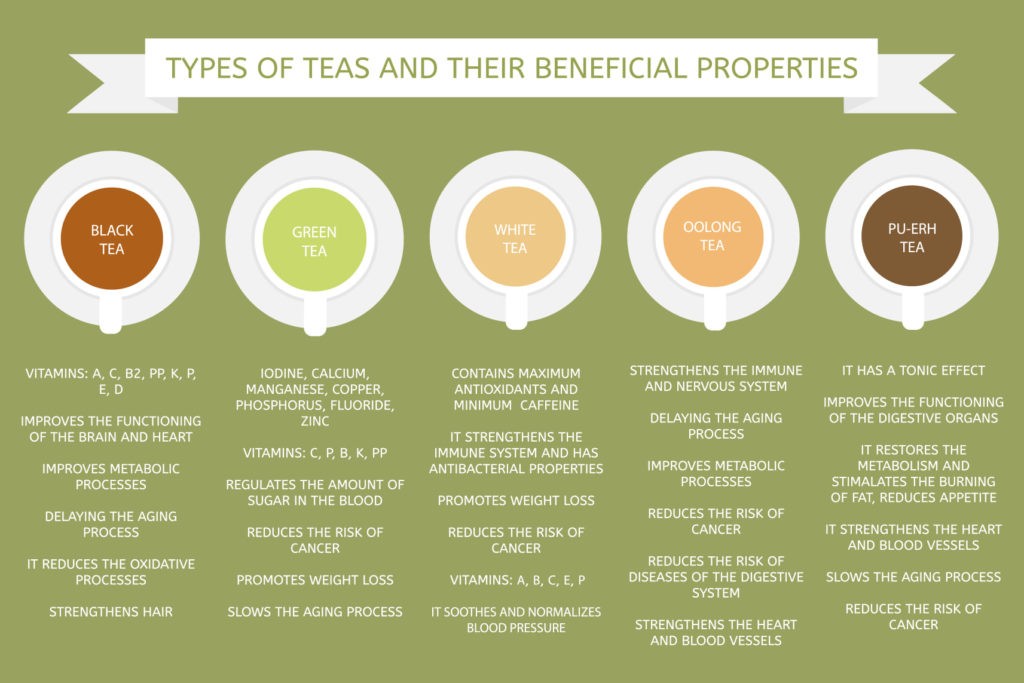
Try your tea this way and see if it makes a difference to your palate, else go back to your own personal recipe. The main thing is to enjoy that refreshing and restorative cuppa. And after you’re through, don’t throw away the tea leaves! Keep them. There are many ways in which they can be used.
Here Are Top Tips For Recycling Your Used Tea Leaves
As nutrients to your garden:
Tea leaves are natural fertilizers. They contain tannic acid and nutrients that are released as they decompose, creating a healthier soil for your plants, especially roses. They also deter garden pests and prevent your plants from fungal infections.
In your compost:
The acid in tea speeds up decomposition of other items in the compost bin, which means you can use the compost faster.
To reduce humidity in a room:
Dry the used tea leaves & leave them in damp corners to absorb excess moisture.
Must Read: Best Afternoon Teas In London
Neutralize bad odours:
Tea is a great deodoriser, especially for refrigerators. Just use the leftover leaves from your cup of tea to absorb even the strongest smells like garlic and onion and leave your refrigerator smelling fresh.
Deodorise your shoes with sundriedused tea leaves. Put the dried leaves into a small muslin cloth sachet and put them near the toes on the sole of the shoe. This works great with sneakers or any shoes that absorb moisture that gets smelly.
Cleaning:
The tannins in black tea are great for shining wooden floors. Brew up another batch from your used tea leaves, cool it and add to your mop bucket. Your wooden floor will shine!
It also gets reflective surfaces like mirrors squeaky clean. Just use a soft cloth to buff away the tea after cleaning.
Burns and scratches:
This is what our grandmothers did. A cold compress made from used tea leaves soothes skin after a sun burn, or an itch from a sting or a bug bite. It helps the relieve the itchiness and redness and speeds up healing.
Freshen your breath:
Green tea is actually a terrific mouthwash. It eliminates bad breath, kills bacteria and its fluorides strengthen your teeth. It’s also effective against cavities & gingivitis. Obviously, you don’t not have to use freshly brewed green tea for this. Enjoy drinking your first & second brew, and cool your third or fourth brew for mouthwash.
Just remember, tea is a lot more than just enjoying that perfect brew!
Have fun folks!
Check Out: 3 Tea-Based Summer Cocktails
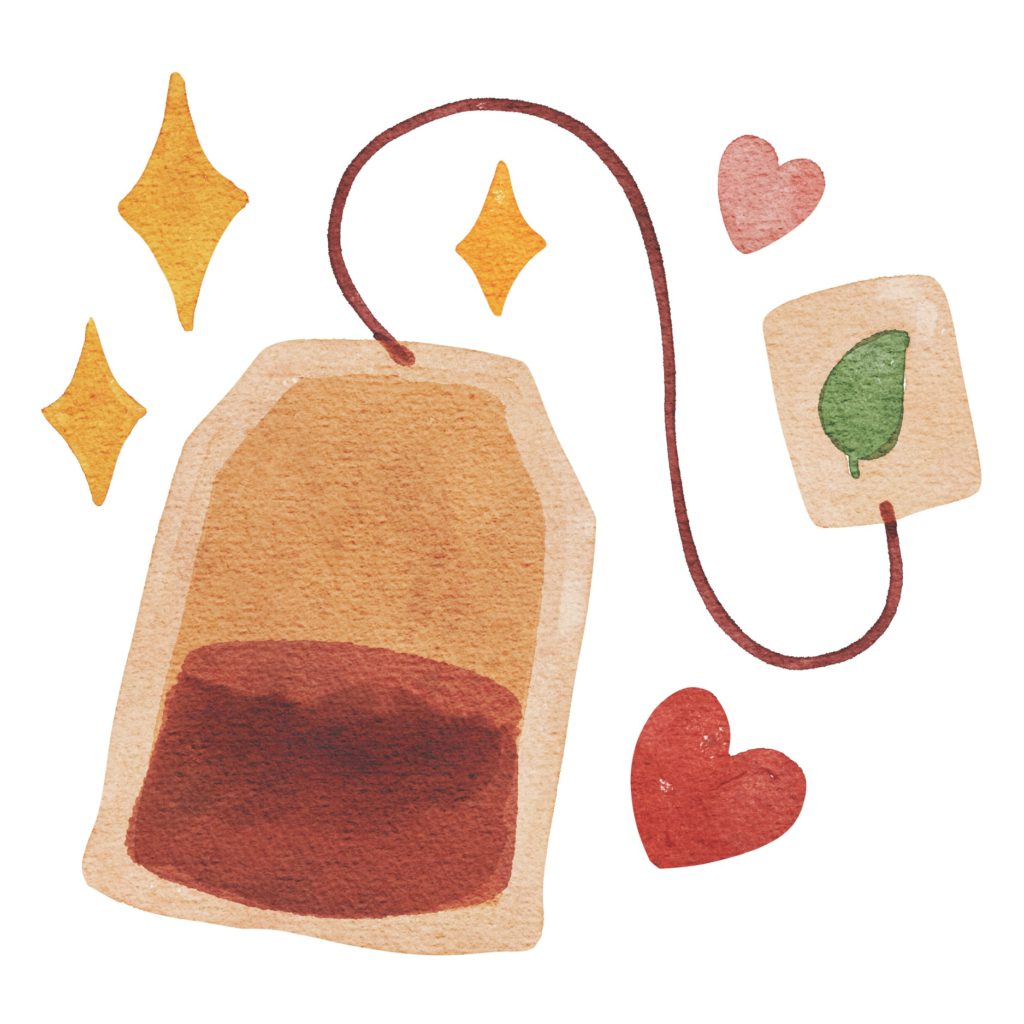
For latest travel news and updates, food and drink journeys, restaurant features, and more, like us on Facebook or follow us on Instagram. Read more on Travel and Food Network
Tea Brewing Guide and Tips For Recycling Used Tea Leaves
Trending on TFN
The 22 Best Places To Go In 2022


